This content has been archived. It may no longer be relevant
Dr Paul Harpur is an associate professor at the University of Queensland Law School and an accomplished lawyer, researcher and author, renowned internationally for his expertise in disability rights, equality and human rights laws, and employment, work health and safety laws.
His book, Ableism at work: Disablement and Hierarchies of Impairments, while not solely focusing on law, strikes at the heart of the challenges disabled people face when looking to secure employment in any endeavour. His research found:
- There is a reluctance to hire people with disabilities.
- Businesses often embrace negative attitudinal perceptions when making hiring decisions.
- When a person with a disability secures work, work processes and prejudices reduce their prospects of receiving equal opportunities.1
This is backed up by the Diversity Council Australia’s Inclusion@Work Index 2019-2020, which found that the unemployment rate for people with disability in Australia has been almost twice that of people without disability (9% versus 5%). Moreover, Australian workers with disability consistently reported lower levels of inclusion and higher levels of
exclusion that their able bodied colleagues.2
But what about the legal profession? Statistics around the number of people with a disability employed in the Queensland legal profession are hard to come by. But it would be fair to say that the employment rate of persons with a disability in the legal profession would mirror the Inclusion@Work Index findings.
Perhaps this is why then Australian Human Rights Commission disability discrimination commissioner Alastair McEwin told Lawyers Weekly in 2018 that the legal profession could do better in regards to ability equality.
“I think (law firms) are heading in the right direction, they certainly understand the law and some firms are doing very well – there’s one firm with a partner who’s blind,” he said. “There’s also a number of firms who have people who use wheelchairs or have other
physical impairments.
“But while firms are very good at talking about the law, translating that into reality is not quite there.”3
Dr Harpur also maintains that people with disabilities still confront a raft of barriers when trying to establish a career in law.
According to Dr Harpur, achieving ability equality in the legal profession centres around three areas: transition from student to professional, fitness to practice, and the strategic direction of individual law firms.
“A barrier which remains a challenge in Queensland, and indeed across Australia and internationally, is clarifying the entry requirements of the profession to people when they are deciding to study law,” Dr Harpur said.
His co-authored paper with Michael Stein from Harvard Law School, ‘Universities as Disability Rights Change Agents’, calls for a closer working relationship between universities and professional bodies to help alleviate the barriers to entry faced by people
with disabilities.
New graduates may have obtained their law degree and be ready and eager to enter the workforce, but find they are faced with physical barriers, digital barriers and negative stereotypes that hinder their transition.
In fact, students with disabilities who receive inadequate support in transitioning from education to work will have their career prospects reduced.4
Dr Harpur also firmly believes another barrier to entry for those with disabilities is lack of access to technology. Many persons with disabilities have assistive technology that may not work well with a firm’s current or future technological systems.
“The earlier the legal profession can work with universities and students to establish fitness to practise the better all around,” Dr Harpur said.
He believes law firms could be more engaged strategically with disability issues.
“A very simple and very public means of advancing ability equality in the legal profession would be for law firms to work with the Australian Human Rights Commission to adopt disability action plans.”
Louise Corrigan is Queensland Law Society Senior Corporate Communications Executive.
Footnotes:
1 Harpur, P (2019), Ableism at work Disablement and Heirarchies of Impairment. New York: Cambridge University Press, p10.
2 Diversity Council Australia (O’Leary, J and D’Almada-Remedios, R) ‘DCA-Suncorp Inclusion@Work Index 2019–2020: Mapping the State of Inclusion in the Australian Workforce. Sydney: Diversity Council Australia, 2019.
3 Doraisamy, J (2018) ‘More opportunities needed for lawyers with disabilities’ Lawyers Weekly, 16 May 2018.
4 Harpur, P and Stein, MA, ‘Universities as Disability Rights Change Agents’, Northeastern University Law Review, vol.10, no.2, p571.
This story was originally published in Proctor March 2020.


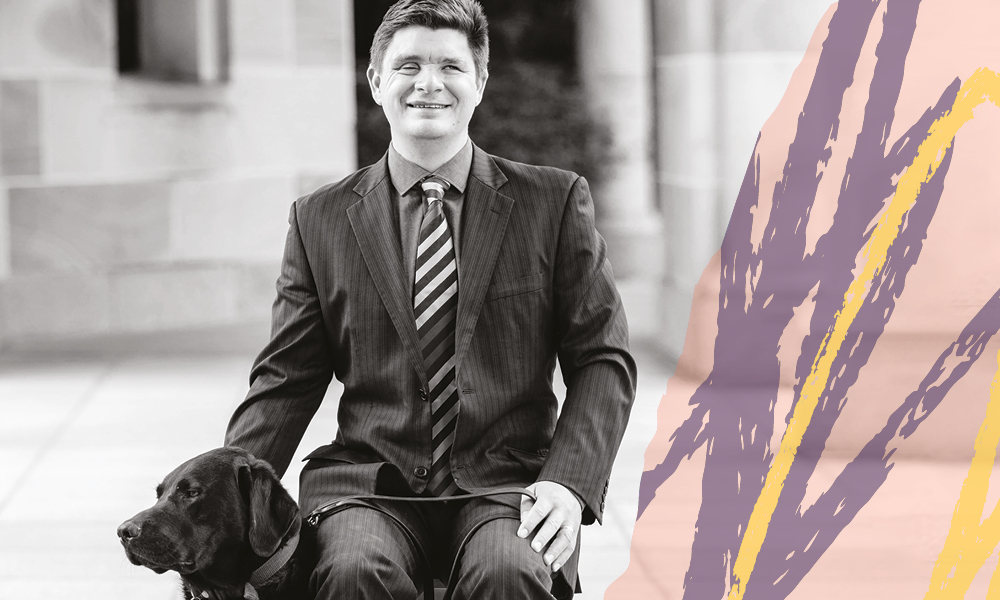

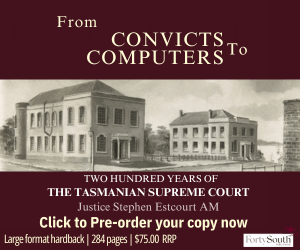

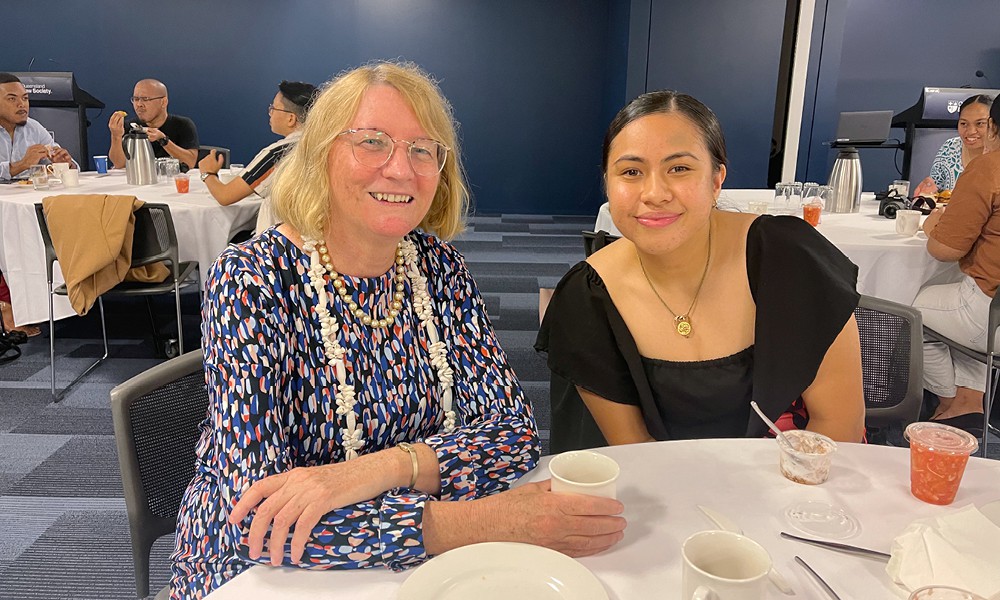
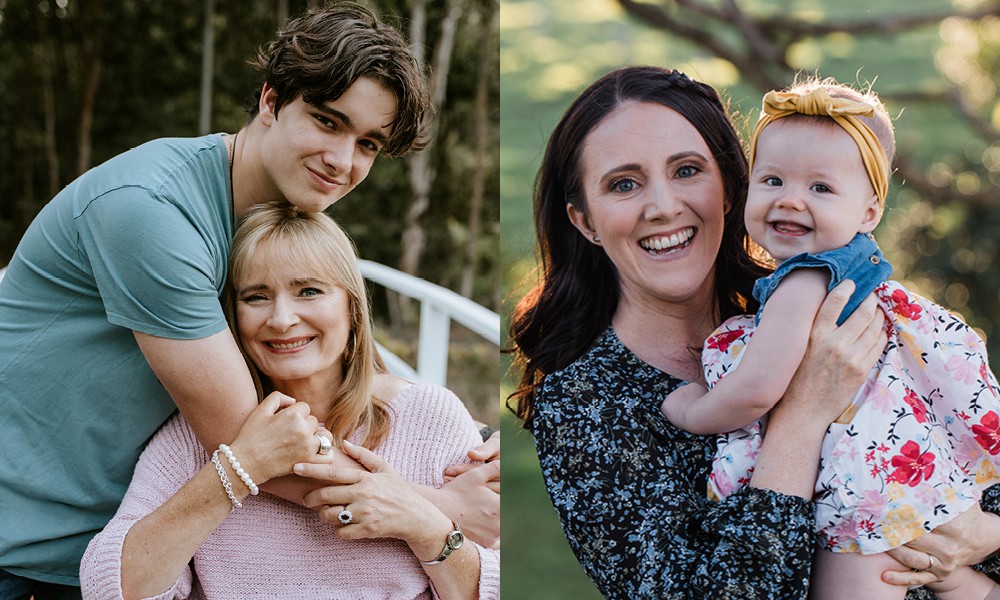
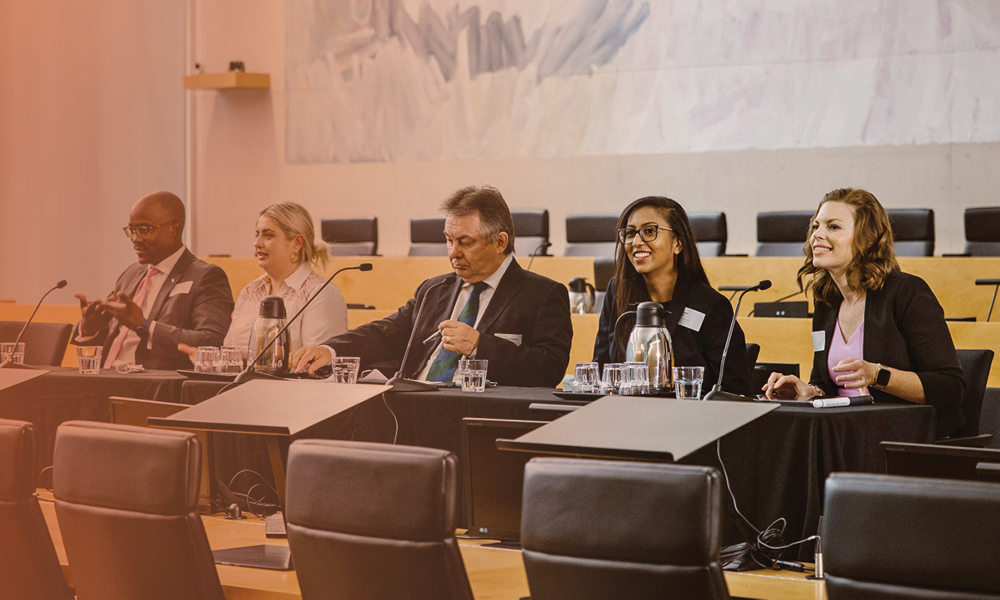


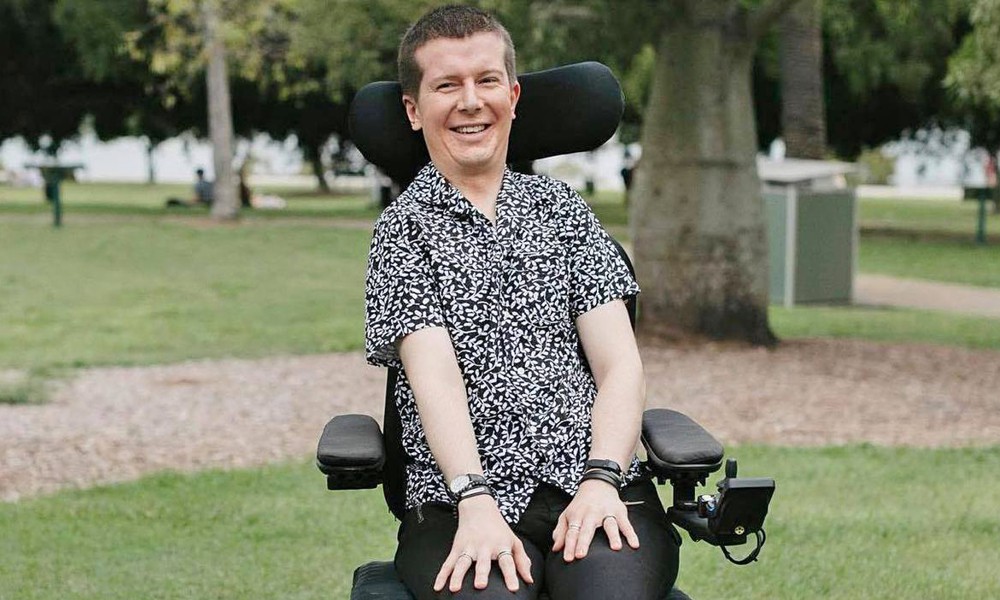

Share this article